Find Your Senstive Plant
The fact is that about 20% people in North America and Western Europe are suffering from hay fever. Hay fever is caused by a seasonal allergy to pollen and mostly airborne allergens that come from plants. When people inhale the airborne pollens, it triggers specific hypersensitive reactions releasing the hormone histamine, which causes the common allergic symptoms, like sneezing, runny nose, congestions or itchy eyes.
If you happened to be the 20% hay fever sufferer, you may want to distinguish which is your sensitive plant and take precautions before the allergy season.
Trees
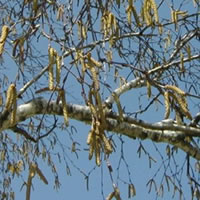
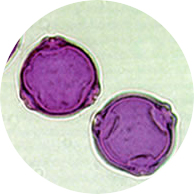 Birch (Betula)
Birch (Betula)
Birch species are said to cause severe hay fever in Europe and US. Pollen grains are 20-25 µm in diameter. Flowering season is between March and May.
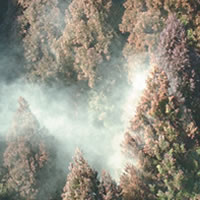
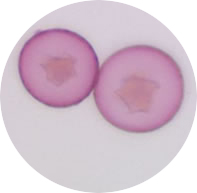 Japanese-Cedar (Cryptomeria)
Japanese-Cedar (Cryptomeria)
Japanese-cedar tends to be the most allergenic pollen type in
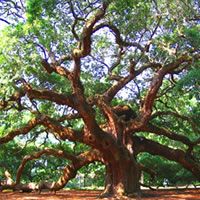
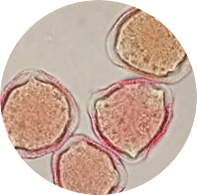
Oak (Quercus)
Oak is commonly allergenic type in US and
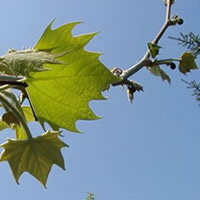
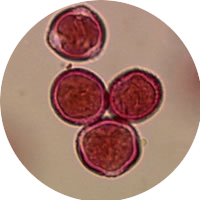
Sycamore (Platanus)
Sycamore pollen is an important allergenic type in
Grass
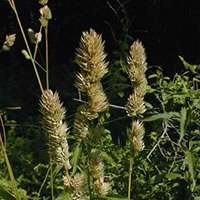

Orchard Grass (Cockfoot)
Orchard is said to cause severe hay fever in Europe and US. Pollen grains are 20-45 µm in diameter. Flowering season is between April and June.
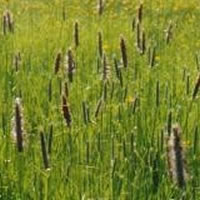
 Timothy (Phleum)
Timothy (Phleum)
Timothy is among the worst of the grass genera that cause pollinosis. This grass has been said to be only second to orchard in allergenicity among grasses. Pollen grains are 22-122 µm in diameter. Flowering season is between April and June.
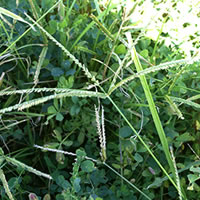
 Bermuda (Cynodon)
Bermuda (Cynodon)
This is one of the more significant grass types in terms of allergy in US and Europe. Pollen grains are 28-30 microns in diameter. Flowering season is in early summer.

 Rye (Elymus)
Rye (Elymus)
Rye grass often induces hay-fever in sensitive individuals in Europe and
Weed
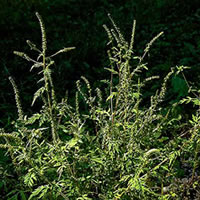
 Ragweed (Ambrosia)
Ragweed (Ambrosia)
Ragweed pollen is arguably the largest single seasonal allergen in North America. It also affects

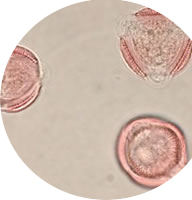 Wormwood (Artemisia)
Wormwood (Artemisia)
These plants are the most significant cause of pollinosis after ragweed and the grasses. Pollen grains are 20-24 µm in diameter. It flowers from the end of July through November/December.

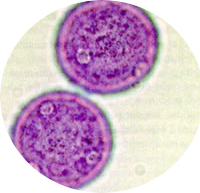 Plantain (Plantago)
Plantain (Plantago)
Plantain pollen is considered by some allergists to be a significant problem, particularly in US. Pollen grains are 20-39 µm in diameter. Flowering season is between April and October.
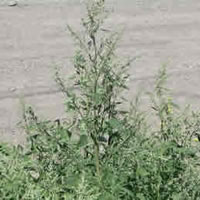
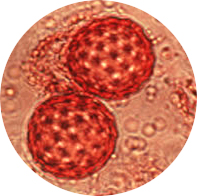 Pigweed (Axyris)
Pigweed (Axyris)
Pigweed often induces hay fever in sensitive individuals in US and

 USD
USD